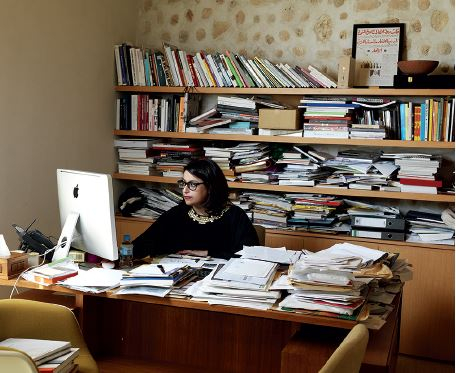Artist Interview: Art and Culture in the Gulf

Ann Webb: You grew up in Sharjah, one of the seven emirates in the United Arab Emirates (UAE), in an environment where culture and heritage was valued over the development of skyscrapers. As President of the Sharjah Art Foundation, what is your vision for the role of art and culture in Sharjah?
HAQ: Internationally, SAF and Sharjah have been a place where international curators have come to discover artists they may never have known before or see works which they have then decided to borrow or show for various exhibitions worldwide. An example of this is when Sharjah Art Museum organized an exhibition of Ibrahim El-Salahi’s work with the Museum for African Art in New York. This exhibition was seen by Jessica Morgan on her visit to Sharjah and was then exhibited at Tate Modern. Another example is two of our Production Programme grant awardees (CAMP and Bani Abidi) previewed their works at dOCUMENTA (13).
AW: How do you navigate the presentation of contemporary art which, at times, can push boundaries, within a conservative culture?
HAQ: Sharjah is always described as conservative, but it is a very liberal place in terms of thoughts and ideas. Education plays a huge role—there are many places for debate, which include the cultural spaces and in the media. As with any government-funded entity, there are certain things we would not show in public spaces, which is the same for many institutions. There are always certain works that may push boundaries a little too far and it is up to us as curators to decide if this is always a good thing. I have said before when asked this question, you don’t create debate when you offend people, you just lose your audience and then your role becomes futile and you are only catering to the international art crowd and the elite. Sharjah, and Sharjah Art Foundation in particular, has always been a very inclusive space about people of all walks of life and cultures.
10th ANNUAL EVA HOLTBY LECTURE ON CONTEMPORARY CULTURE • NOVEMBER 10TH
